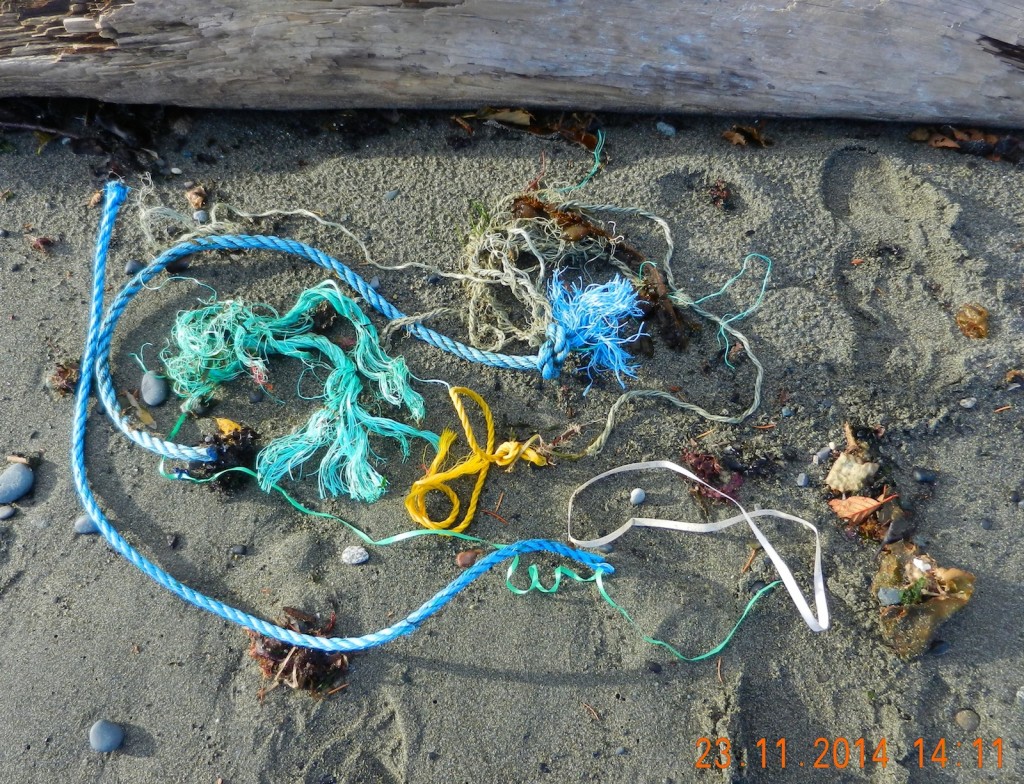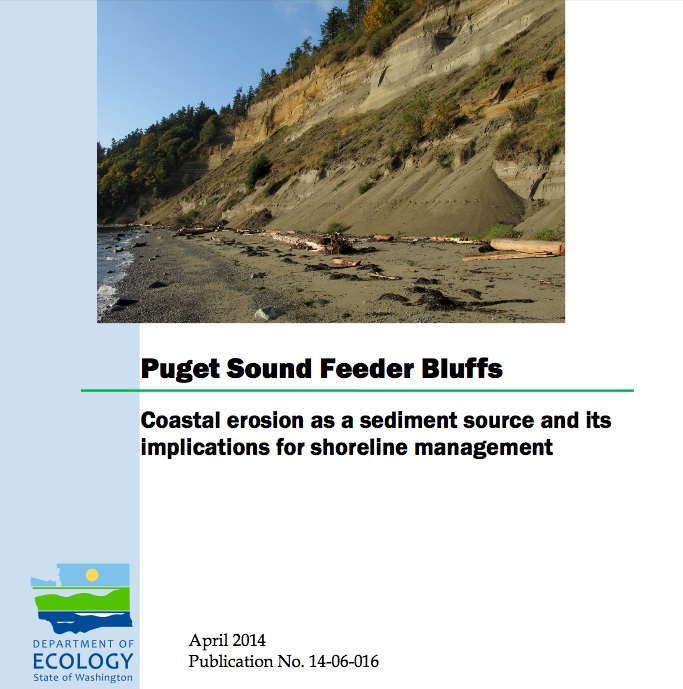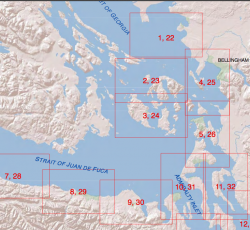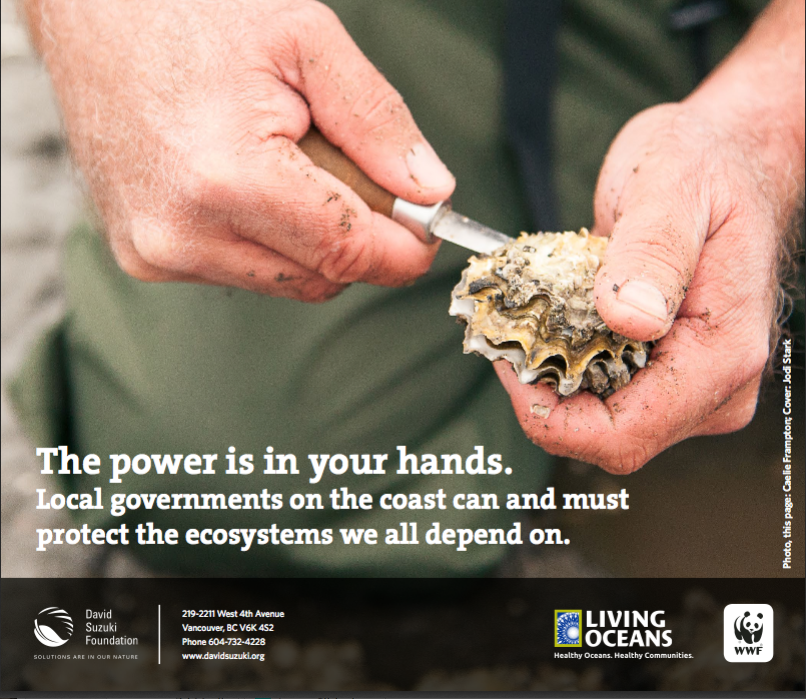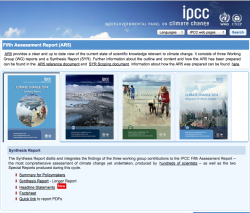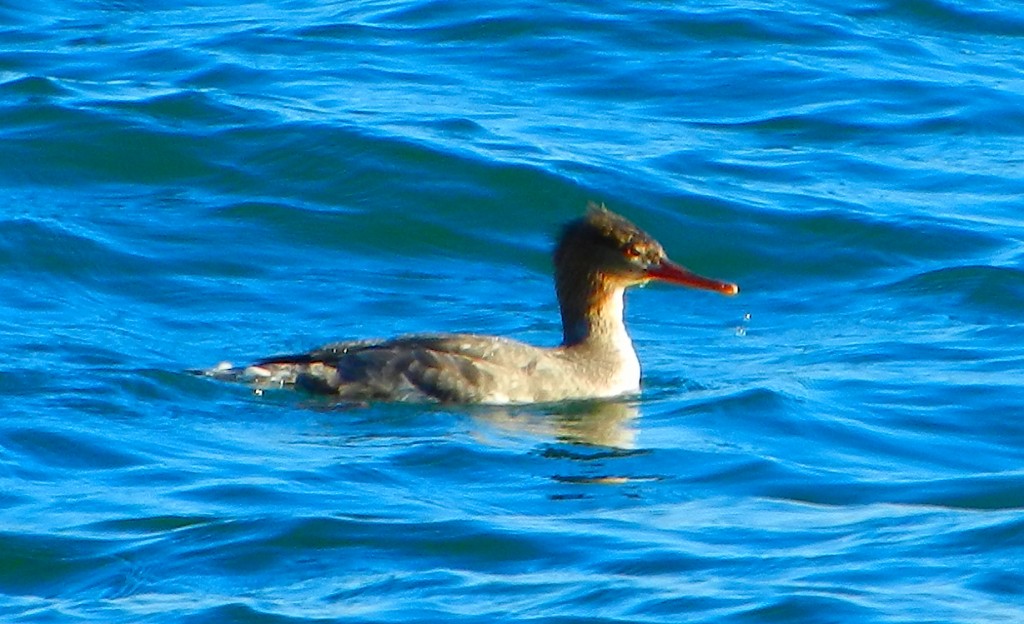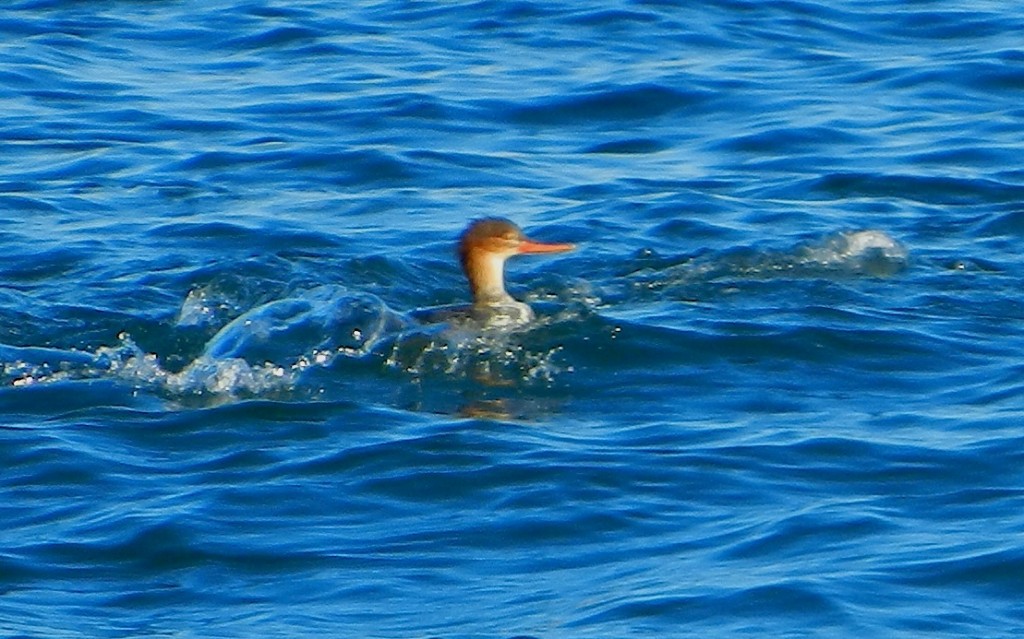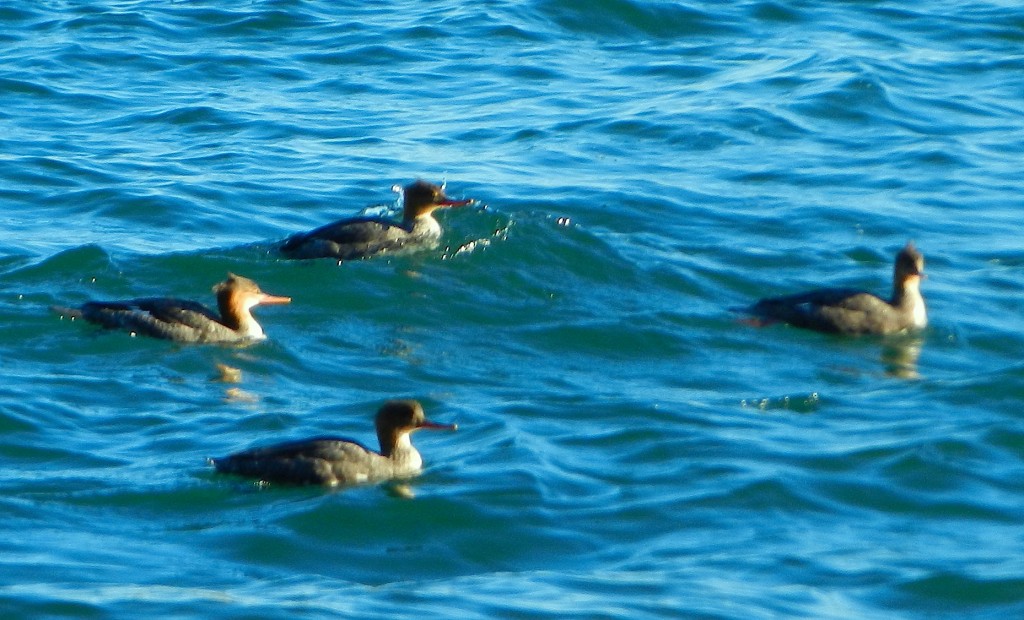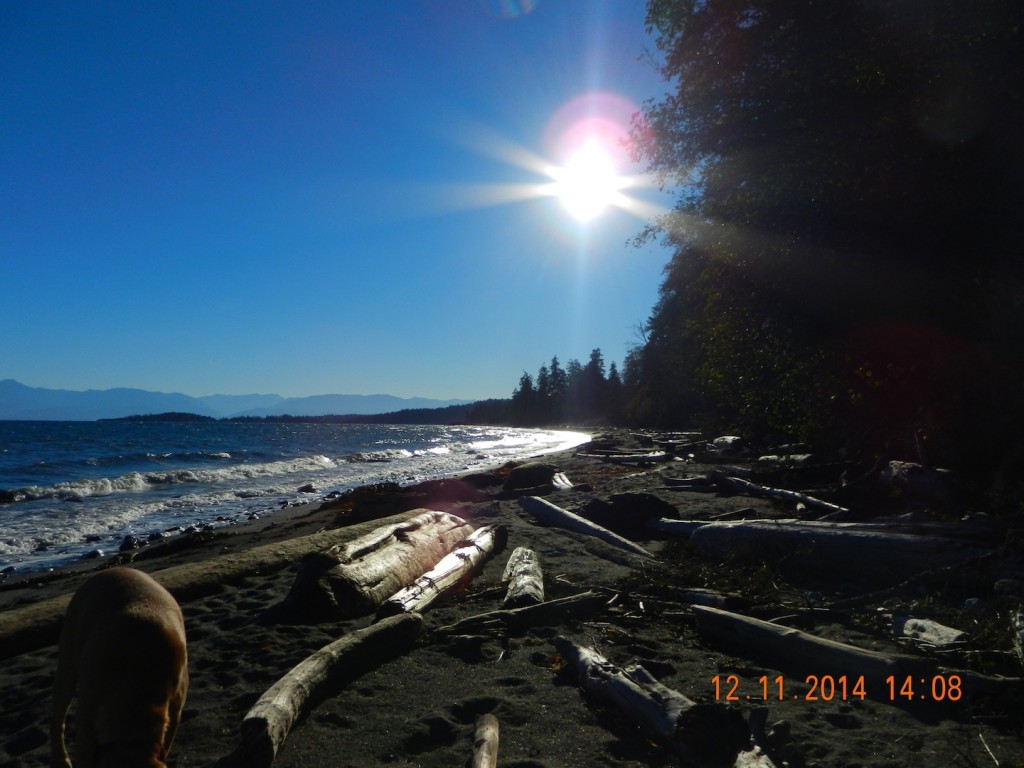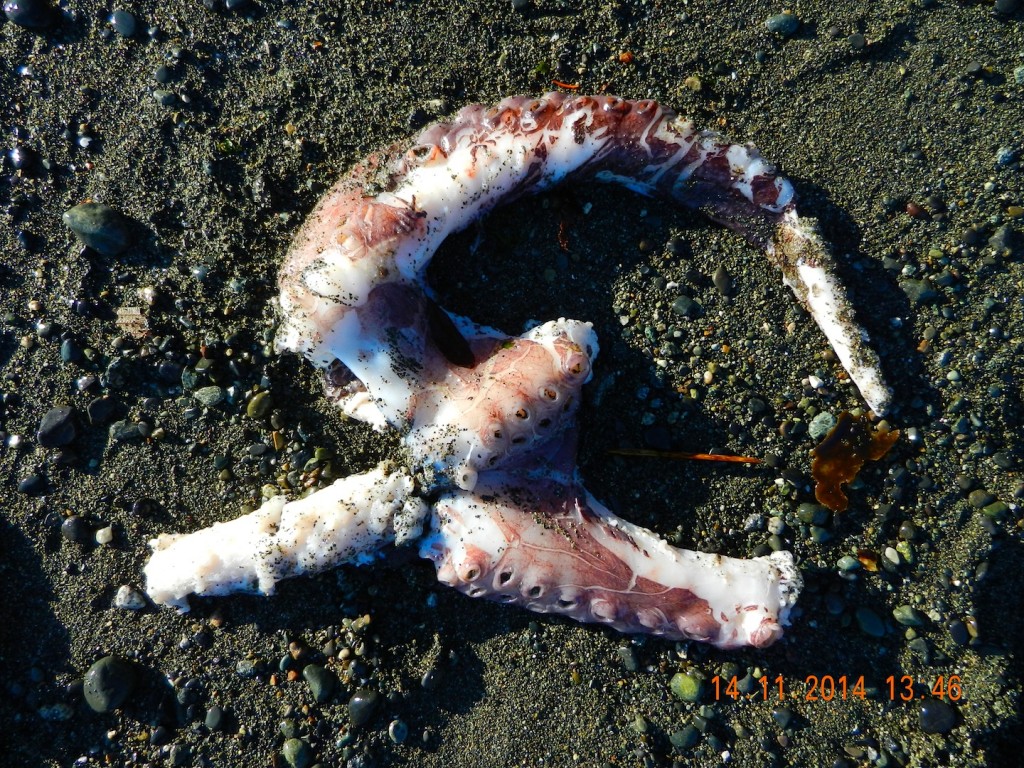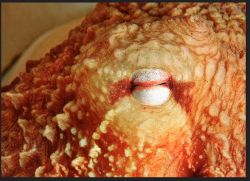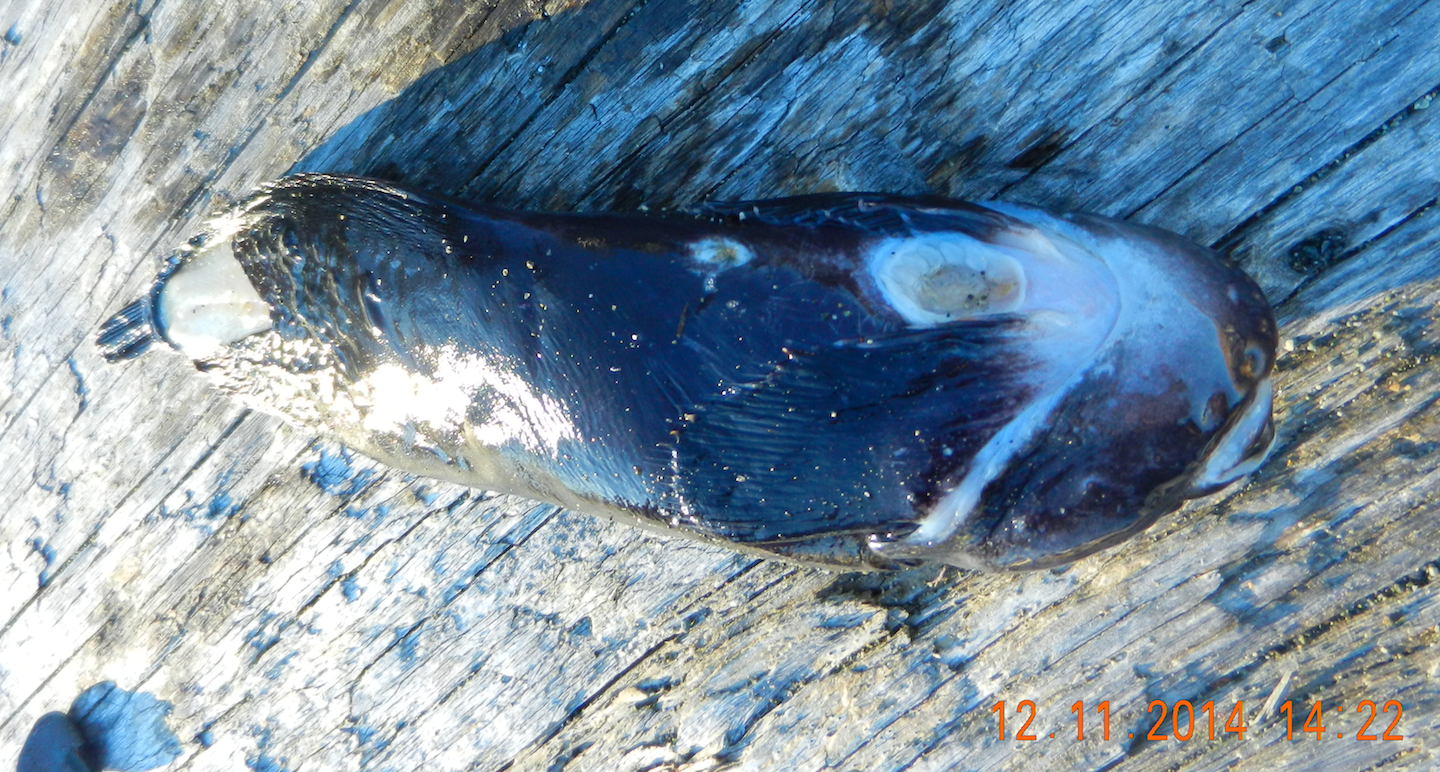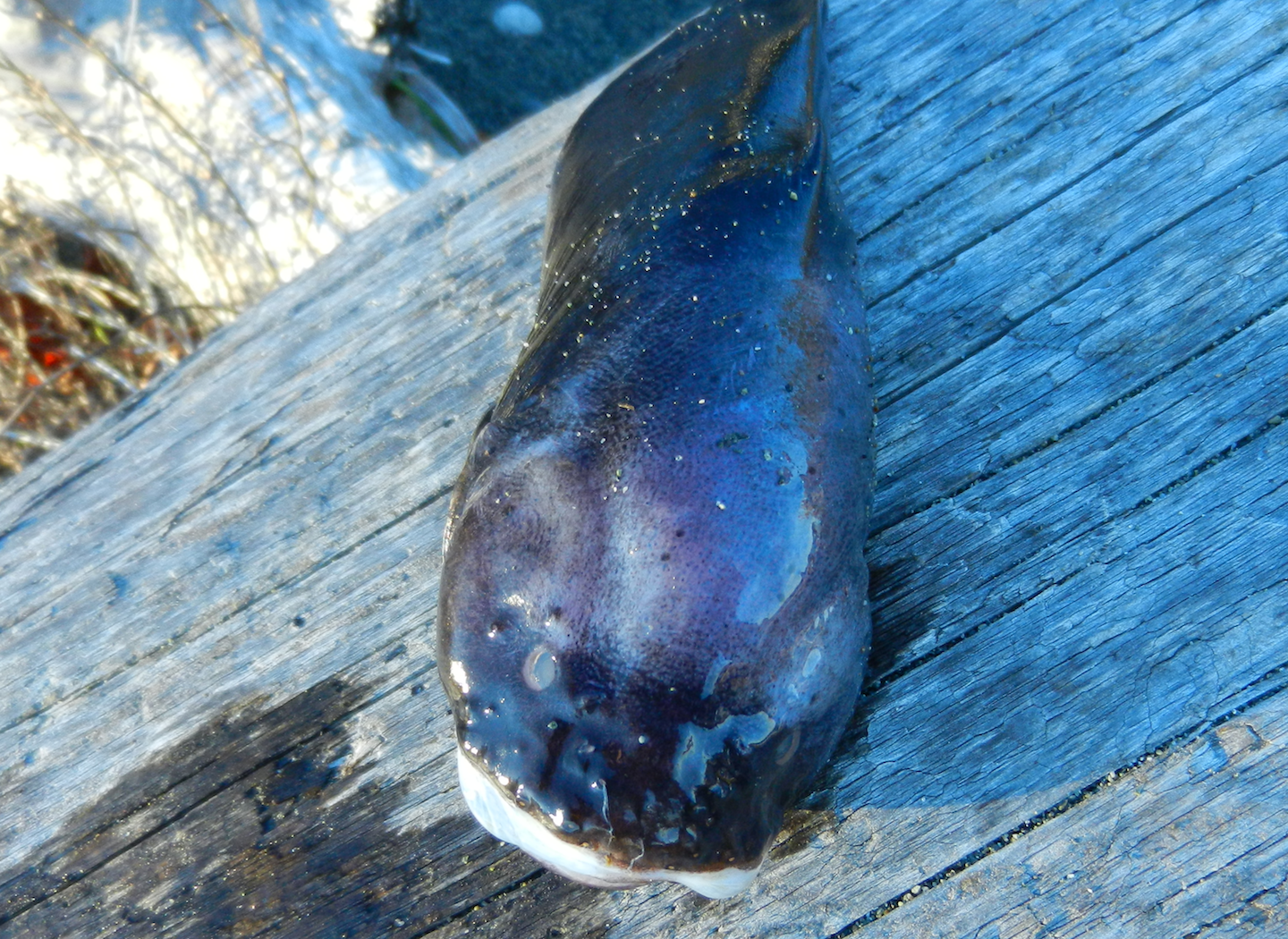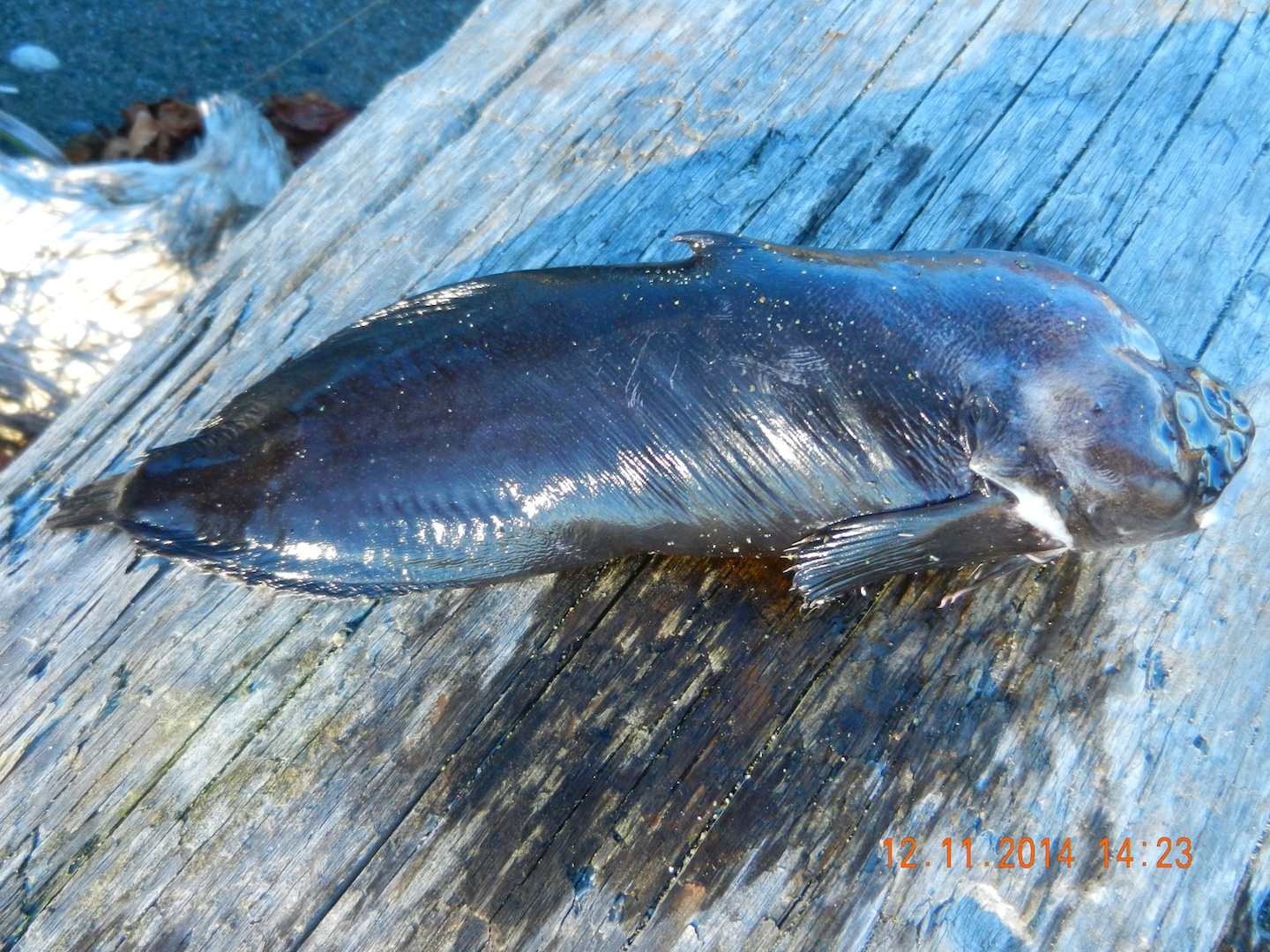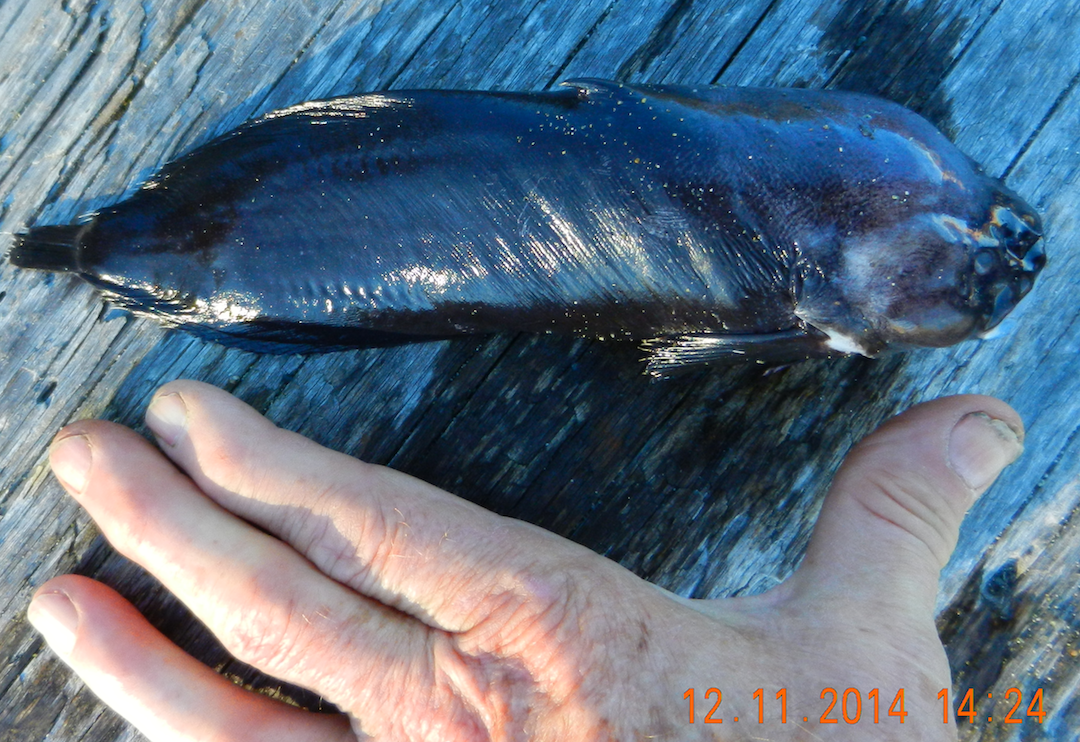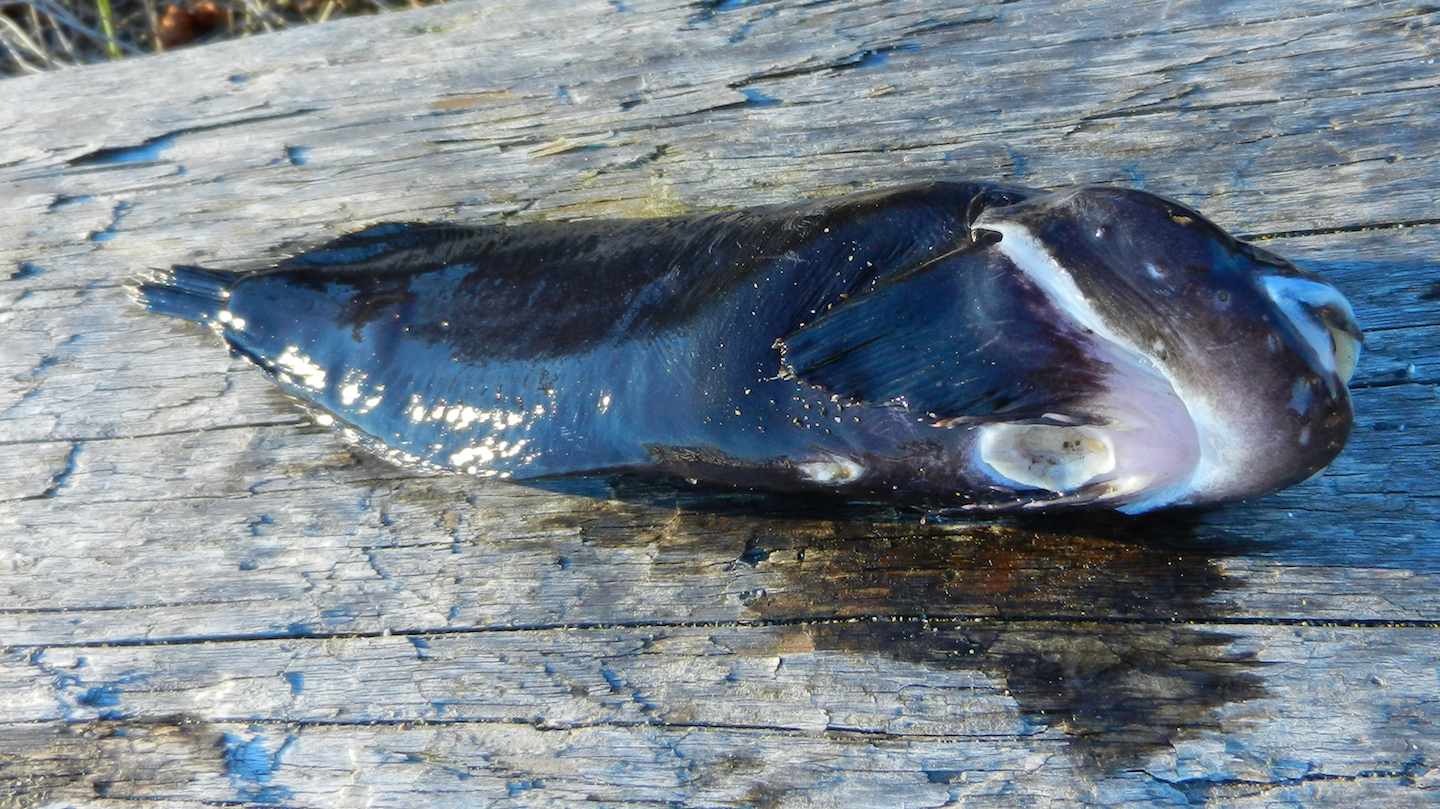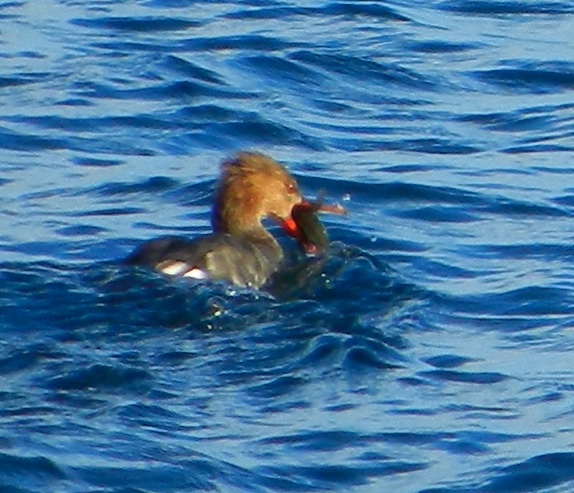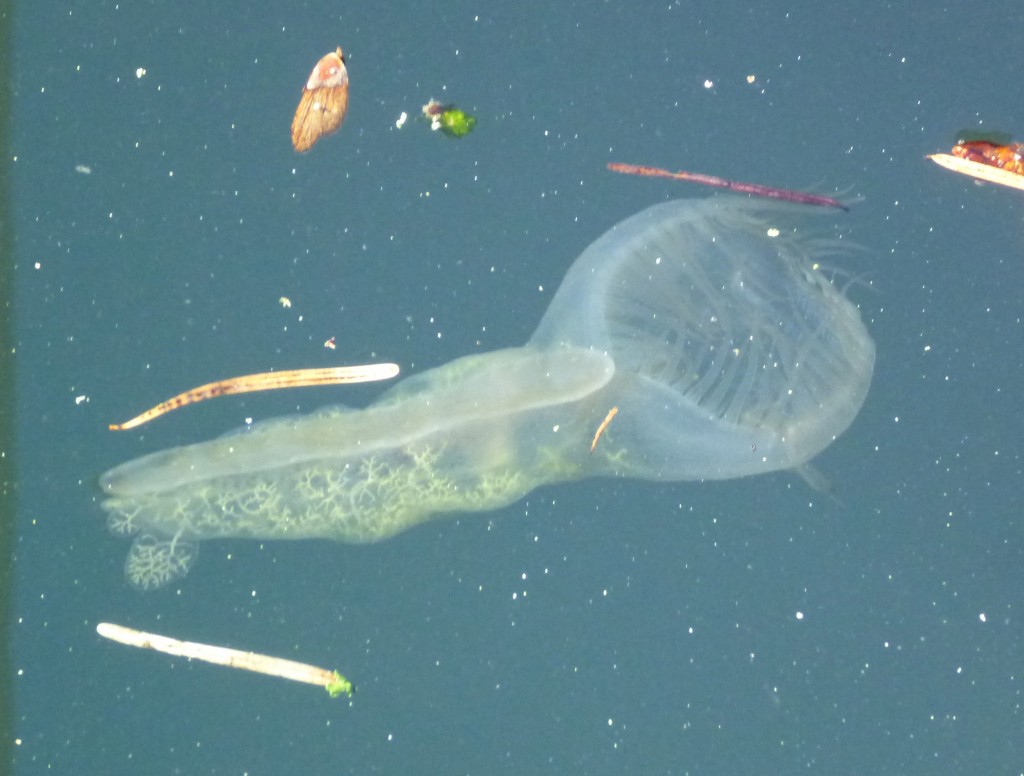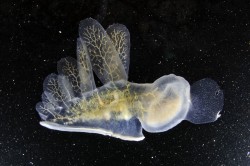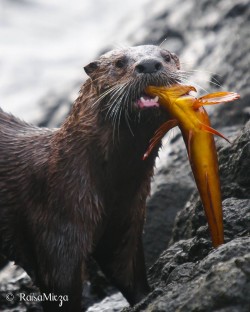
When she was an ecoguardian at Race Rocks in 2010, Raisa Mirza took this excellent photo of a river otter, just out of the water, eating a female kelp greenling .
River otters are fairly common along our shores. Thus an entry for our species posts. In four stretches of shoreline in particular, we can expect to find them, where they have dens and produce offspring yearly.
1. At Race Rocks
2. In Pedder Bay
3 At the entrance to Gooch Creek
4. Along the Taylor Beach blufffs.
The Pearson College Marine Science reference has several references and images available on river otters. 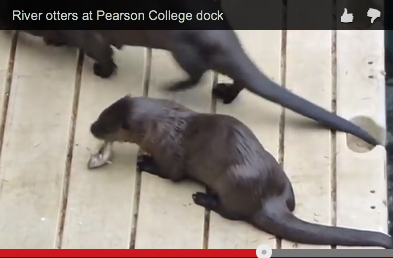
Domain: Eukarya
Kingdom: Animalia
Phylum: Chordata
Class: Mammalia
Order: Carnivora
Family: Mustelidae
Subfamily: Lutrinae
Genus: Lontra
Species: canadensis pacifica (Schreber, 1977)
Common Name: River Otter
One should be cautioned when walking dogs on Taylor Beach to restrain them if otters are in the area. Otters have been known to attack even large dogs that have pursued them into the ocean.

